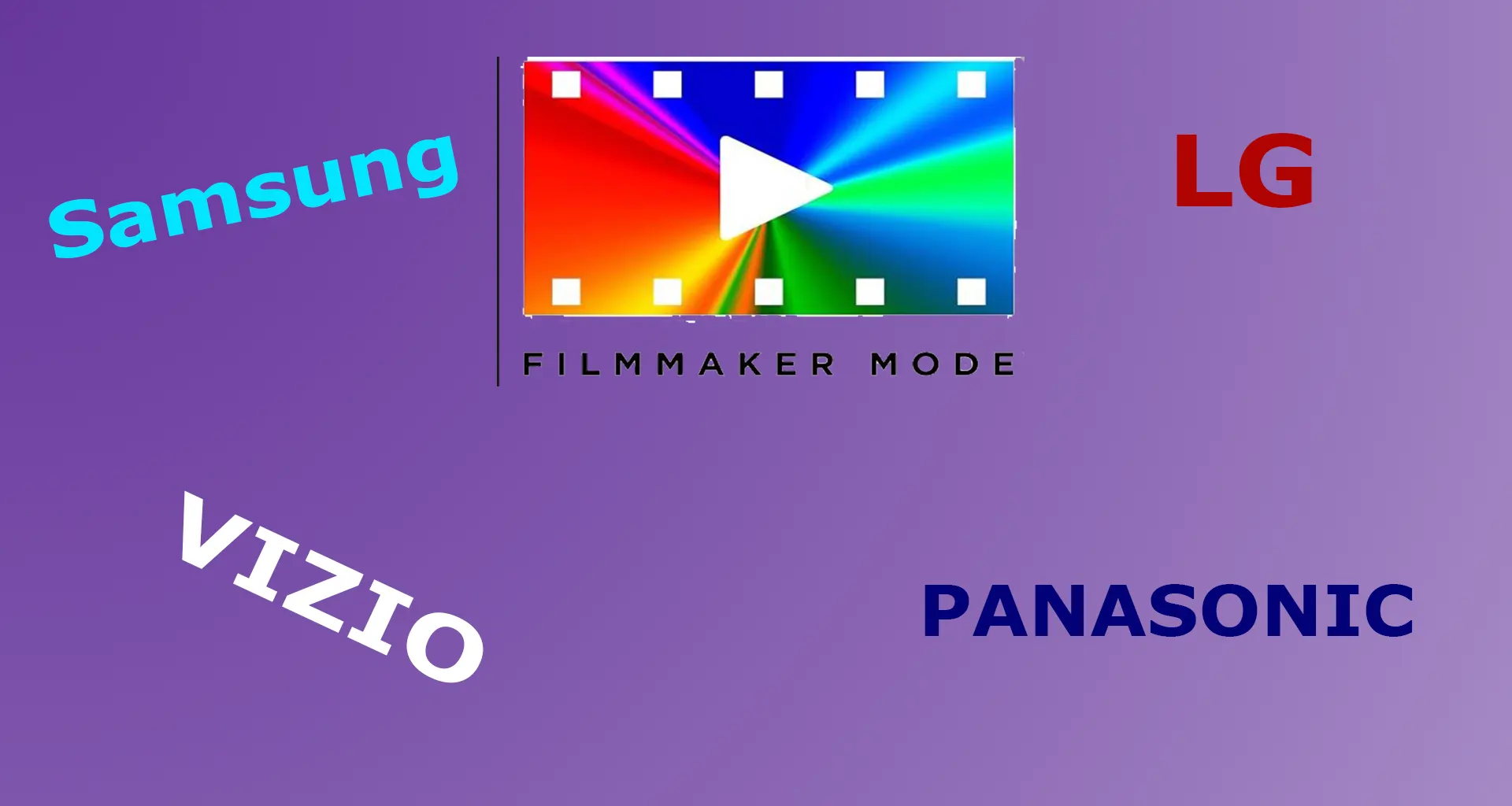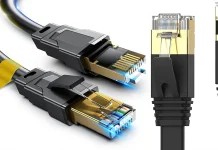A brief explanation of what Filmmaker Mode is: this is a preset mode on the TV; when you turn on this mode, all additional settings and additional image processing programs on the TV are disabled. The TV does not participate in image correction, but shows the video as is. You’ve probably heard advertisements for this mode and statements from famous directors about how good this mode is. But have you ever wondered what actually happens to your TV when this mode is activated?
History of Filmmaker Mode
The Ultra High Definition (UHD) Alliance is a coalition of companies from various sectors, including film production, consumer electronics, distribution, and technology. It was created to set common standards and promote the benefits of UHD content and displays. The UHD Alliance is responsible for defining industry standards for UHD displays, content, and distribution. One of its key achievements is the introduction of Ultra HD Premium certification.
Since the Alliance exists, there are working groups; there are companies that are members of this Alliance, which means that we need to develop something. So, in 2019, it was decided to introduce the concept of Filmmaker Mode. At that time, televisions went through a stage of rapid development and reached a stage of stability; no new technological breakthroughs were expected, but advertising was necessary, and therefore, Filmmaker Mode became 2020 the critical slogan of most companies promoting televisions that year. Let’s face it: Filmmaker Mode is gradually being forgotten and is already perceived as commonplace.
How does Filmmaker Mode work on your TV?
The UHD Alliance has laid out the basic requirements for Filmmaker Mode, and here’s what they are.
- Original frame rate and aspect ratio: This means your TV must accept a 16:9 image; if it is in a different mode, it must switch.
- D65 White Point: This is the white level for D65 LCD and OLED monitors at 6500K. It is a cool color with an annoying blue tint, but it is the closest to perfect white.
- Motion Smoothing/Interpolation OFF: These are TV modes that improve the visual quality of the picture, such as Advanced Color Enhancer, True Color Accuracy Pro, Object Depth Enhancer, Quad Step Noise Reduction, and Frequency Based Sharpness Enhancer. All of these modes should be disabled.
- Overscan: Only when there is a signal in the image: this term comes from the analog television era and implies that due to technological tolerances in the production of video content, the image could be distorted at the edges, so TV sets would only show the central part of the image and the edges would extend off the screen and be invisible. They are rarely used in digital content.
- Sharpness OFF: The TV should not enhance the transitions between picture details.
- TV Noise Reduction OFF: This term refers to the analog era and is not present in digital video.
- Other picture “enhancement” processing OFF: If your TV has other correction programs that may affect picture quality, you should turn them off.
Filmmaker mode does not specify critical parameters such as brightness and contrast levels. The reason is trivial – these parameters are so individual, although critical, and depend on viewing conditions, type of TV, and so on, that it is impossible to standardize them.
Why was Filmmaker Mode invented?
Filmmaker Mode was introduced by the UHD Alliance with the goal of offering audiences a cinematic experience that is as close as possible to the vision of the filmmakers. Despite the skepticism that surrounded its creation (often compared to the fanfare surrounding fleeting technologies such as 3D, dynamic indexes and DLED screens). It aims to correct the gap between the artistic intent of films and their presentation on a modern television display.
Modern TVs, despite their technological advancements, face limitations in improving the quality of digital content that is already produced at high frame rates and high quality. The improvements typically offered by TVs target lower-quality content, leaving high-quality products unchanged.
All LED and most QLED TVs do not meet the UHD Alliance’s criteria for displaying high-quality video, and therefore cannot show the film as the director intended, but these TVs usually have a Filmmaker Mode.
How to turn Filmmaker Mode on and off
Despite the loud claims of the UHD Alliance that this mode can be activated in the following ways:
- button on the remote control
- automatically when the TV receives HDR content, via built-in metadata.
Unfortunately, none of the stated methods for activating Filmmaker Mode by 2024 have been implemented. Manufacturers who have implemented support for Filmmaker Mode in their TVs from LG, Panasonic, TP Vision, Samsung and VIZIO have not considered it necessary to allocate a button on the remote control for this mode, although, for example, LG has rebranded its Magic remote in 2021. The HDR specifications also do not support this mode, since in fact, enabling HDR automatically implies displaying content as intended by the manufacturer, at maximum quality, and Filmmaker Mode becomes a redundant add-on to HDR content.
Activation of this mode remains through the TV menu or through voice commands. And if you look at the technical characteristics of OLED TVs, for example, LG does not mention this mode at all in the description of the TV, although it is in the settings, and Samsung mentions it only in the technical characteristics.
How is Filmmaker mode different from Game mode?
Director mode and game mode are different features of modern TVs, each of which is designed for specific purposes, although in essence they do the same thing, disable additional video processing on the TV.
- Filmmaker mode: disables noise reduction, sharpening, and programs to improve the quality of dynamic scenes.
- Game Mode: does the same thing, only it works with content received via HDMI ports.
In general, Filmmaker Mode and Game Mode are almost identical TV operating modes.
Filmmaker mode, the future of technology
If you look at how this regime is developing, then most likely it will soon be forgotten; It’s useless when watching HDR content, and its use when watching low-quality videos is very controversial, because you want maximum comfort when watching a movie on your TV, but activating it disables all quality-enhancing programs. Controlling this mode also raises big questions, tell me honestly, you often switch TV settings, for example, turn on cinema mode when watching a movie and switch to sports mode when watching sports, most likely not. Any setting that needs to be changed when the content type changes is unpopular.







I’m quite impressed by all of docs that you
Showed me but I don’t believe that I’m
Qualified to make the right decision?
For my model # UN40Ku6290FXZA
Can you help me ?